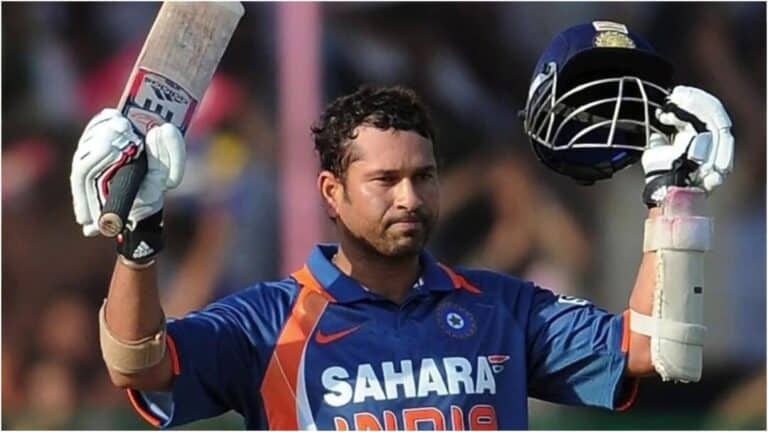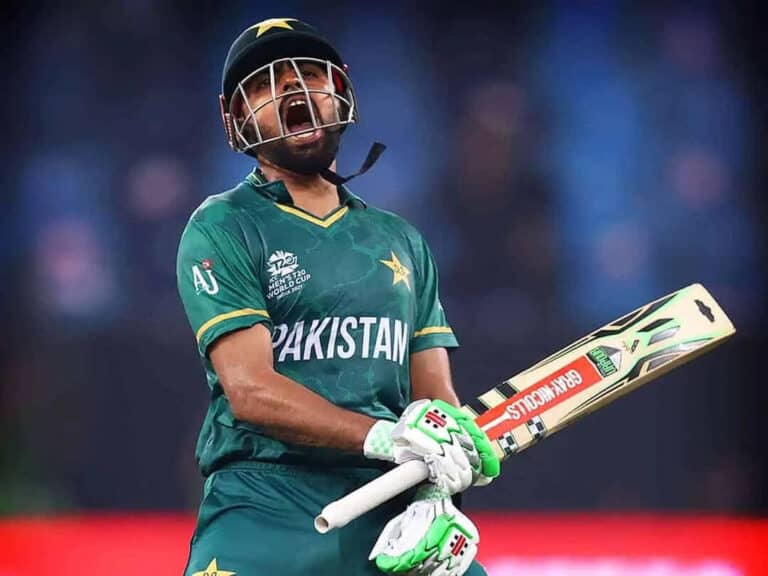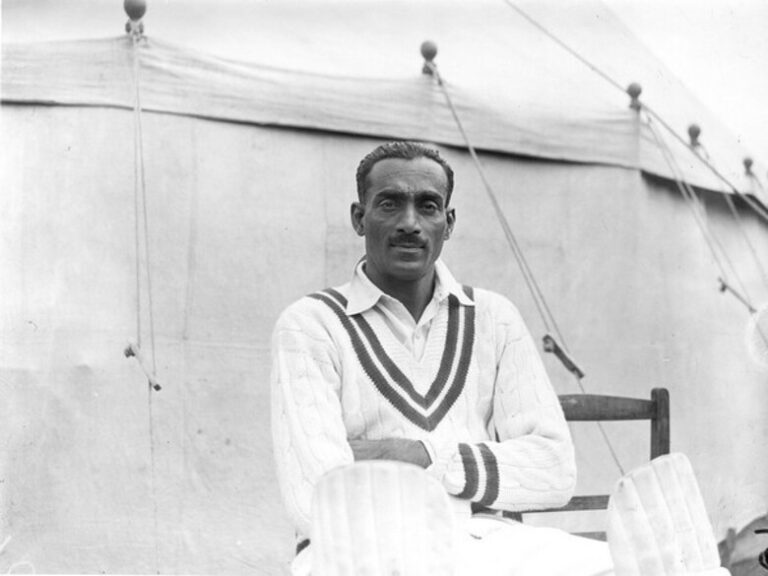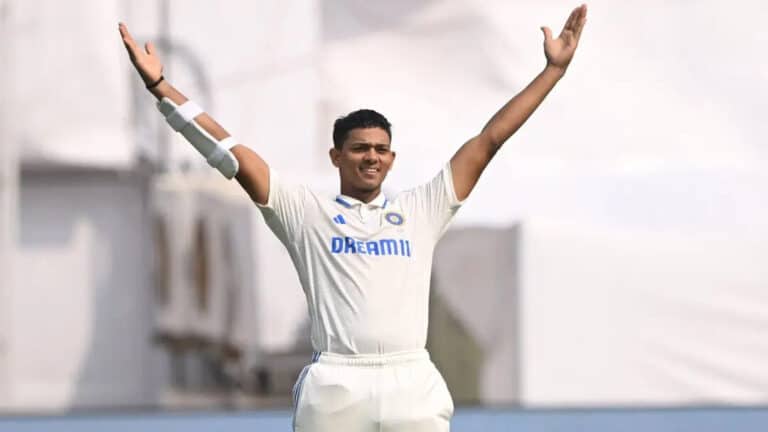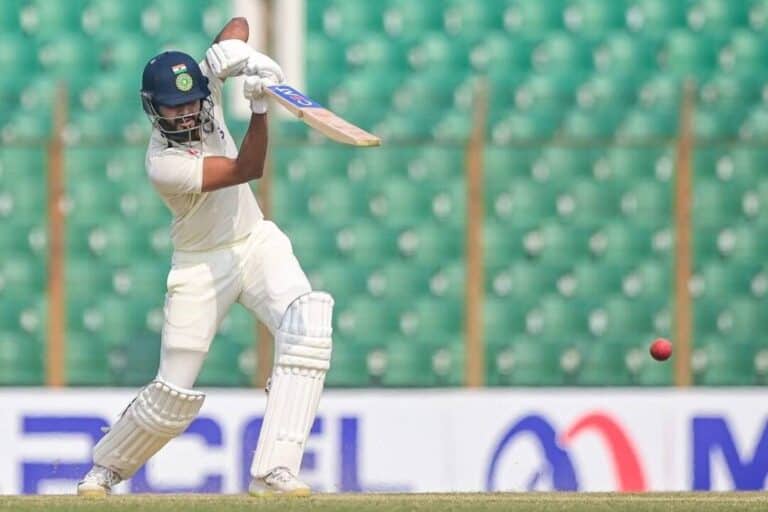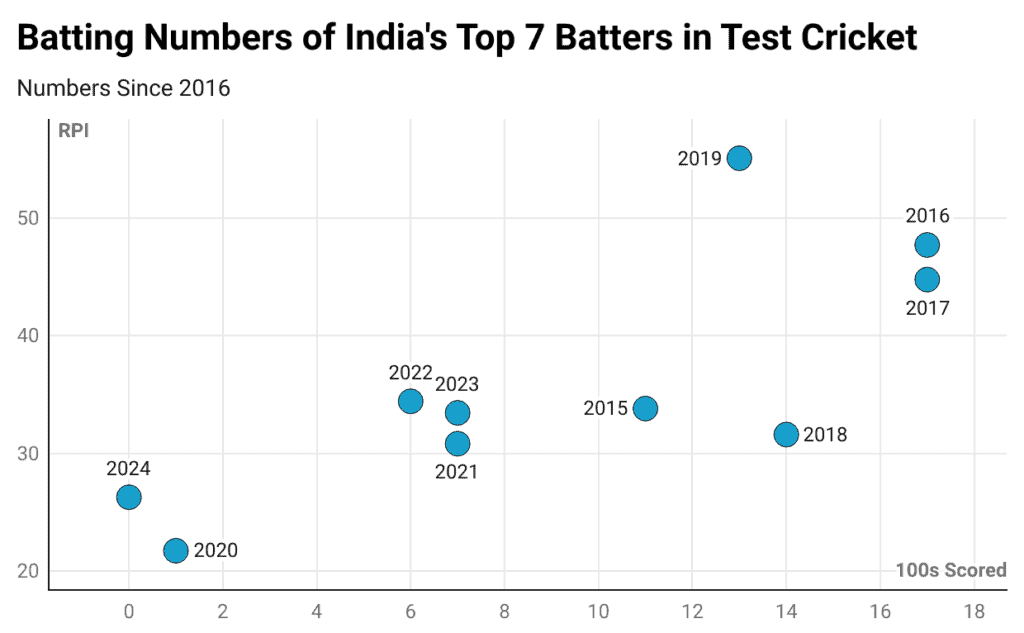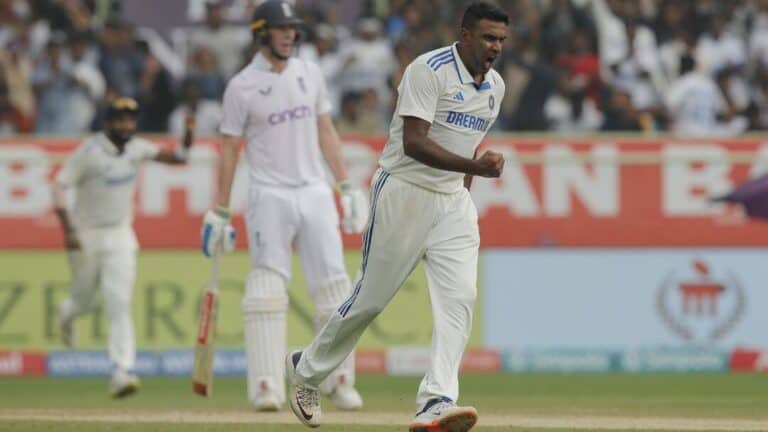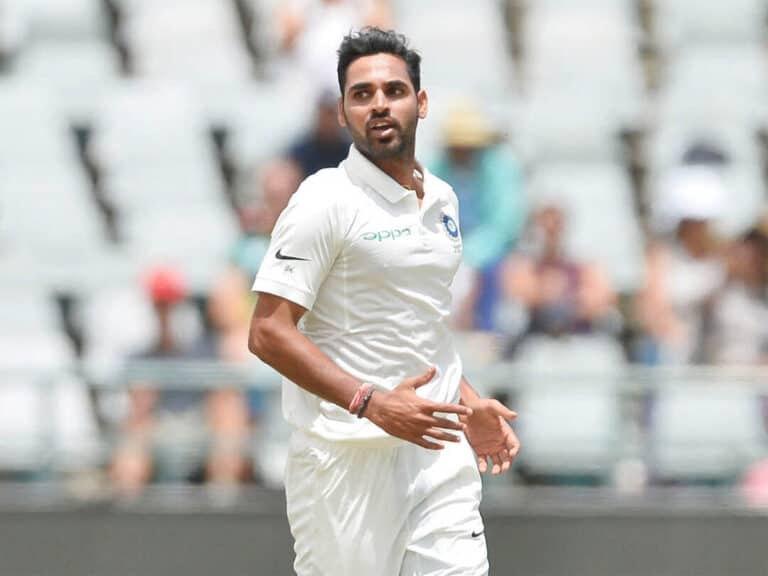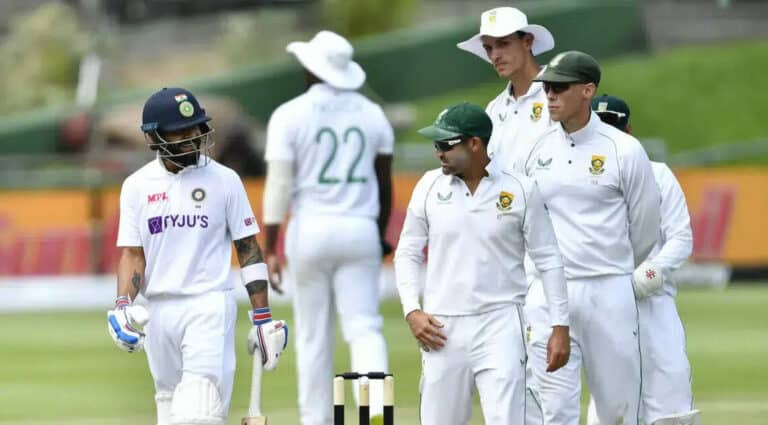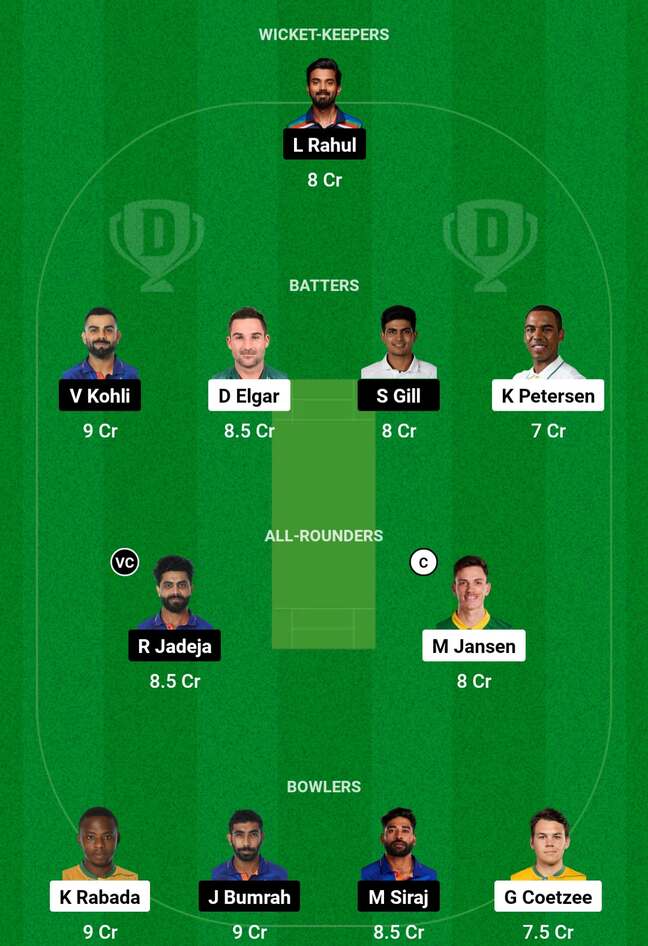Limited overs cricket, A madness that began on May 1st 1963 with a two-day game between Lancashire and Leicestershire in the preliminary round of the Gillette Cup with a 65 over per team at Old Trafford, Manchester and welcomed with a hundred by Lancashire All-rounder Peter Marner, a 121 to take Lancashire to 304/9 off 65 overs. (4.65 runs per over, not bad for the 60s).
8 years later, On 5th January 1971. It turns into a full-fledged international format. Now it only took test cricket 16 matches from 1877 to 1884 to witness a double century (William Ward’s double century for MCC against Norfolk in 1820 notwithstanding), but for the one-day cricket, the wait was much longer.
It was only on Oct 19th 1974 that Graeme Pollock, the uncle of the legendary South African all-rounder Shaun Pollock, scored 222 for the Eastern Province in a 60-over game against Border, But in the one-day internationals, It was a lot different.
Roughly 10 years after Pollock’s 222, Sir Viv Richards scored 189(170) against England, running out of overs and falling just 11 short of what would be the first-ever ODI double hundred. His record stood for another 13 years before Saeed Anwar scored 194 off 146 against India in Chennai before falling to Sachin in somewhat of an ironic dismissal.
And just like Richards, it would take another 12 years before Zimbabwe’s Charles Coventry equalled Anwar’s record with an unbeaten 194 off 156 against Bangladesh that sadly came in a losing cause.
Now here’s something funny about Sachin Tendulkar. On March 8th 2009, He retired hurt in the 46th over of the innings against New Zealand while batting at 163 off 133, possibly missing out on the first-ever ODI double century, kind of like how he ran out of overs at Hyderabad in 1999 and finished at 186 off 150.
After all the years of trying to scale the mountain of the ODI 200, something that had been achieved 9 times in List A cricket, none of which had come in India unless you remove the gender criteria since Belinda Clark scored 229 at Pune in 1997.
It finally happened on this very day, 14 years ago at Roop Singh Stadium in Gwalior. Being 1-0 up in the series, India batted first and with the small boundaries, Sachin was in pole position to go big and if it had to one person to achieve the unachievable, it was the god of cricket himself. Supported well by Dinesh Karthik, Sachin got to his 50 in just 37 deliveries and his hundred in just 90 deliveries, with 13 boundaries in the effort.
From there, Sachin found good company in Yusuf Pathan and MS Dhoni as he took only 28 more deliveries to get from 100 to 150. While Dhoni blitzed to a 29 ball 50, it created a bit of a conundrum for Sachin, Now by the 4th delivery of the 45th Over, Sachin was already on 196 off 141, having broken the record of a certain Saeed Anwar who he had stopped from scoring from the first ever ODI double hundred back in 1997.
But for the next 3 overs, Sachin would only get 3 runs off 5 deliveries in this phase, getting to 199 off 146 deliveries with just one over to go while Dhoni would go from 18(14) to 53(30) in the same timeframe. In the last over, Dhoni would hit the first ball for a six and follow it with a single where a double was actually available.
On the 3rd ball of the final over, it finally happened. After 2962 ODIs, 442 of which Sachin played, scoring 45 hundreds, he finally managed to convert one in a double hundred, with a single towards point and a dream of a billion fans came true at the hands of the god himself.
It wasn’t just an innings; it was the reaffirmation of the fact that nothing was impossible. Sachin’s double hundred made people believe that they could do it too and who else to follow him up but his apprentice, Virender Sehwag, who got 219 off 149 against West Indies at Indore in 2011.
Since Sachin’s double hundred, List A cricket has seen as many as 33 double centuries being scored in just 14 years, as opposed to just 9 double centuries in the 47 years before.
Rohit Sharma has 3 of them in the internationals while Pathum Nissanka, Shubman Gill, Chris Gayle, Ishan Kishan, Martin Guptill, Fakhar Zaman, Glenn Maxwell and Virender Sehwag have one each. Gayle ironically got his ODI double hundred on the 4th anniversary of Sachin’s double hundred, while Glenn Maxwell’s double century was the only one by a non-opener and scored in the second innings.
Even Ali Brown’s 268 off 160 against Glamorgan that looked impossible to break, even Rohit falling 4 short of it during his 264(173) against SL, was broken by a certain N Jagadeesan who scored 277 off just 141 in a Vijay Hazare Trophy for Tamil Nadu at M. Chinnaswamy Stadium.
While ODI cricket has become a lot more about batters getting runs than anything else, with more and more rules being initiated to favour the batter, one thing is for sure. Sachin’s knock changed the world in so many ways, making it the sport’s equivalent of landing on the moon in some ways.

